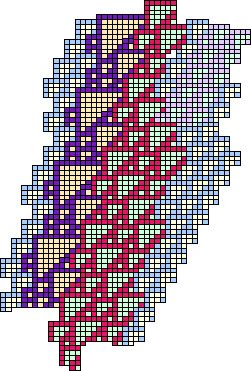
Figure 42: T8 based gliders, which move leisurely leftwards.
Although some overlapping of corner pixels is required, the extension can be run out to the right as far as desired. The next course, nestled beneath them, will give the illusion of T5's and T3's gliding off to the right and downwards, at the velocity of two right every five generations. The E's run 4 left every fifteen generations; as Cook remarked, Lind apparently misjudged the veolcity of the E2. What is moving at which velocity is something of a subjective judgement; of course the slopes in the evolution diagram are well defined, but the subjectivity lies in whether to call something a glider or not.
The extension tiles can be contiuned with other tiles of the same velocity. Consistency fixes the lengths of successive rows; all combinations are not possible, and there is apparently no going back to extension tiles without encountering another E base first. So the E is accompanied by a fleet of extensions giving way to the ether again.

Figure 42: T8 based gliders, which move leisurely leftwards.

Figure 43: A swatch of E glider.